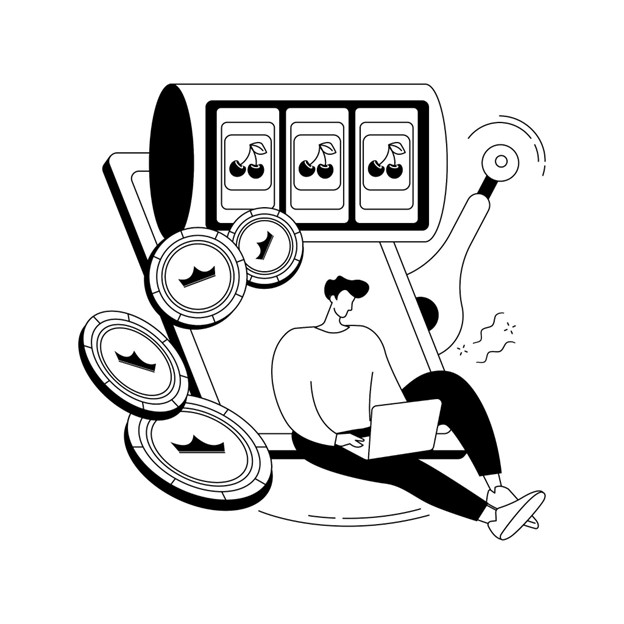There’s a reason why casino-style apps continue to gain popularity, while big-budget movies take years to produce and only a few weeks to gain notice. Attention is spread out more, money moves faster, and entertainment options now compete on how quickly they can be enjoyed as well as how deeply they can be enjoyed.
That’s easy with iGaming because sessions start quickly, results are clear, and new formats are added regularly. This pull goes beyond chance. Casino mechanics combine short rounds with strong feedback, loyalty perks, and constant novelty.
1. Frictionless access beats long setup
A console title can demand gigabytes, patches, and a free evening. Most casino-style games load in seconds on a phone. That difference changes behavior. People fill micro-gaps in the day with a few spins, a quick blackjack shoe, or a round of crash. Momentum builds because there is no barrier between intent and play.
Here’s where safety and legality shape adoption, too. Many players try social and sweepstakes-style platforms that operate as regulated sites under a sweepstakes framework, with dual on-platform currencies (play coins vs. Sweeps Coins for prize redemption), published eligibility rules, and clear cash-out verification. That setup lowers risk perceptions and makes entry feel simple.
2. Clear feedback loops keep attention
Traditional games pace rewards across hours. Casino formats resolve a decision every few seconds. A round starts, ends, and reveals a result with minimal downtime. The brain gets a tidy loop: pick, reveal, react. That rhythm stacks habit. It also scales well for short breaks, commutes, and in-between moments when large quests feel like homework.
3. Stakes, prizes, and progression create urgency
Progress meters, daily missions, streaks, and tiered perks make even free-to-play casino apps feel consequential. Add prize mechanics, and the emotional stakes rise. Not every session carries a jackpot moment, but each tap feels like a real attempt at a meaningful outcome. The psychology isn’t a secret: small, frequent chances at outsized wins can beat a slow-burn campaign for mindshare.
4. Live operations never sleep
iGaming operators work on a calendar measured in hours, not months. New drops come weekly, sometimes daily. Limited-time events, seasonal themes, and fresh side games keep the feed warm. Compare that to big-budget video games that might land two major updates per year. Continuous live ops reduce churn and keep lapsed players within reach through bonuses, reactivation offers, and time-bound challenges.
5. Social proof travels faster than sequels
Streamers, Discord communities, and short-form clips turn wins into shareable moments. A quick screen recording of a bonus round tells a complete story in 15 seconds. That format outperforms a long plot arc for virality. Even audio content taps into this appetite; poker fans can dive into the long-running Ante Up Pokercast for strategy talk, industry chatter, and a steady drip of narratives that drive people back to the tables.
6. Personalization outmuscles one-size-fits-all
Recommendation engines in iGaming react to session length, volatility preferences, hit frequency, and time of day. Offers, side games, and volatility profiles adapt without fuss. The result is a feed that feels tuned to each player’s risk tolerance and mood. While video games personalize difficulty to a point, iGaming leans harder into dynamic offers and session-specific incentives that shorten the path to “one more round.”
7. Shorter production cycles win the release race
Slot reskins, new RTP profiles, and mechanic tweaks ship fast. Studios can test, learn, and replace underperformers in weeks, which means the portfolio stays fresh. By contrast, a new AAA title can take half a decade to build, market, and release. Audience tastes shift during that window; iGaming responds before the trend cools.
8. Multi-device play matches modern routines
The same account follows the player from phone to tablet to desktop. Nothing to sync, no save files to manage. That flexibility matters in a life with split attention: a few hands at lunch, a longer session at night, a quick daily check-in to keep a streak alive. Video games have improved here, but cross-progression still lags in many franchises.
9. Regulation and education reduce fear
Clear rules, age checks, time and spend controls, and transparent payout information help people size the risk before they start. As those guardrails become standard, the stigma fades and the category looks closer to a mainstream pastime than a fringe activity. For context, the Entertainment Software Association’s 2025 Essential Facts shows that more than 205 million Americans play video games, with sizable participation across generations and families, which underlines how normalized interactive play already is.
10. Formats keep evolving
Crash games, mines, plinko, live-dealer hybrids, and game-show titles push beyond classic tables and reels. The core loop stays simple, but presentation keeps reinventing itself. New mechanics invite curiosity without demanding a learning curve, bringing in people who bounce off complex controls or long tutorials.
Why the tipping point might arrive sooner than expected
- Attention is scarce. iGaming’s short rounds and fast outcomes fit the gaps that open and close during a day.
- Supply adapts quickly. Operators test and ship updates on live calendars, not sequel cycles.
- Personalization is real, not decorative. Offers and experiences shift in near real time.
- Trust infrastructure is maturing. Clear rules and guardrails make first steps feel safer.
The video game industry won’t disappear, and the best titles will always have a place. But habits are built on repetition and ease. iGaming owns those levers and keeps refining them.
Conclusion
When entertainment competes for seconds, the formats that start fast, resolve quickly, and reward often rise. iGaming aligns with how people actually use their devices: short sessions, clear stakes, frequent novelty, and a sense that every tap matters. With faster content cycles, stronger personalization, visible social proof, and a growing framework of clear rules, the category has a credible path to outpacing traditional video games in day-to-day popularity. The shift will not hinge on a single “killer app,” but on millions of small choices made in small pockets of time – and iGaming already meets those moments with precision.




